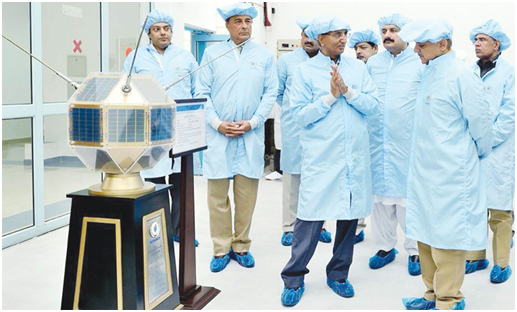|
Punjab’s unsubdued challenges
NASIR JAMAL

Consequently, the number of the unemployed — mostly unskilled — and the poor are rising.
Regrettably, the government of Minister Chief Shahbaz Sharif has not been able to tackle any of the challenges in the last six years of its rule in the province. It is in spite of a substantial increase in the province’s share from the federal tax divisible pool under the National Finance Commission (NFC) award, which helped create a reasonably wider fiscal space for implementation of governance, fiscal and investment reforms.
Now the government has developed a new strategy to boost economic growth to 8pc, create 4m jobs, reduce the number of its poor by7m, push private investment from $8bn to $17.5bn and cut energy shortages in four years through June 2018.
It also has stitched together a governance reforms package at a cost of Rs40bn and seeks to align its development investment with its medium-term growth choices. Similarly, the government plans to raise development spending on social sectors from the present 35pc to 38pc, on infrastructure from the existing 38pc to 40pc and on production sector from the recent 7pc to 10pc over the next four years.
Government departments lack quality and timely data which makes performance tracking difficult and weakens accountability
Many suspect the government’s commitment and its capacity to actually implement its reforms agenda. “A similar growth strategy was formulated by the government of Chief Minister Shahbaz Sharif back in 2009. But it couldn’t be executed; if it was implemented it didn’t yield the desired results,” a senior provincial government official, who has in the recent years served in both the finance and planning and development departments, noted on the condition of anonymity.
The new provincial growth strategy is based on the idea of investing public money in social and economic infrastructure and facilitating private sector for unleashing the untapped economic potential of the province, creating jobs and increasing investment and exports. It will ensure that the public investment programme is designed in such a way as to leverage public-private partnership (PPP) in the construction and provision of infrastructure to ‘crowd in’ private investment in the downstream production activity, according to the growth strategy document.
The strategy for growth will address the unsatisfactory health and education outcomes that lower living standards of the poor as well as provide an adequate safety net for the poorest of the poor, the document says.
The government plans to substantially increase investment in the economic and social infrastructure and downstream agriculture, manufacturing and services activity to achieve its growth goals. The strategy to be implemented from the present fiscal year will focus on improving investment climate in the province, upgrading social and economic infrastructure, addressing energy crunch and streamlining regulations that slow down growth and affect productivity.
The government believes that Punjab’s full economic potential will only be achieved by improving governance and strengthening legal and regulatory framework. “It is now clear that a major constraint for improving government services is the absence of reliable information about performance and service delivery, which limits accountability. The government departments lack high quality and timely data which makes performance tracking difficult and weakens accountability, and consequently, results in poor outcomes. In addition, poor governance means that the province also struggles to meet its fiscal needs for essential public investments and service delivery improvements,” says the policy document.
It admits growing a sluggish economy is hardly possible without public investment in the social sectors like education, health, water supply, etc and in production sectors as manufacturing and agriculture. Hence, the government is reforming its development investment to ensure inclusive growth and regional equity. The idea of reforming investment spending is to make Punjab a ‘secure, economically vibrant, industrialised and knowledge-based province where the citizens enjoy a high quality life’. It is for this reason the government is focusing on bringing the benefits of its investment and policies reforms to the citizens living in the backward areas of the province like south Punjab.
“Indeed, the new growth, reforms and investment strategy takes a realistic view of challenges facing the provincial economy and suggests doable actions to achieve the medium-term growth and development goals. But the problem is in its implementation. For example, what is the guarantee that money allocated for education or health-care or development of under-developed districts will not be diverted to some politically popular projects like Metro Bus in Lahore? And what will be use of governance reforms if the decision-making has to remain in the hands of the chief minister alone?,” the anonymous official wondered.
Published in Dawn, Economic & Business, July 7th, 2014
|